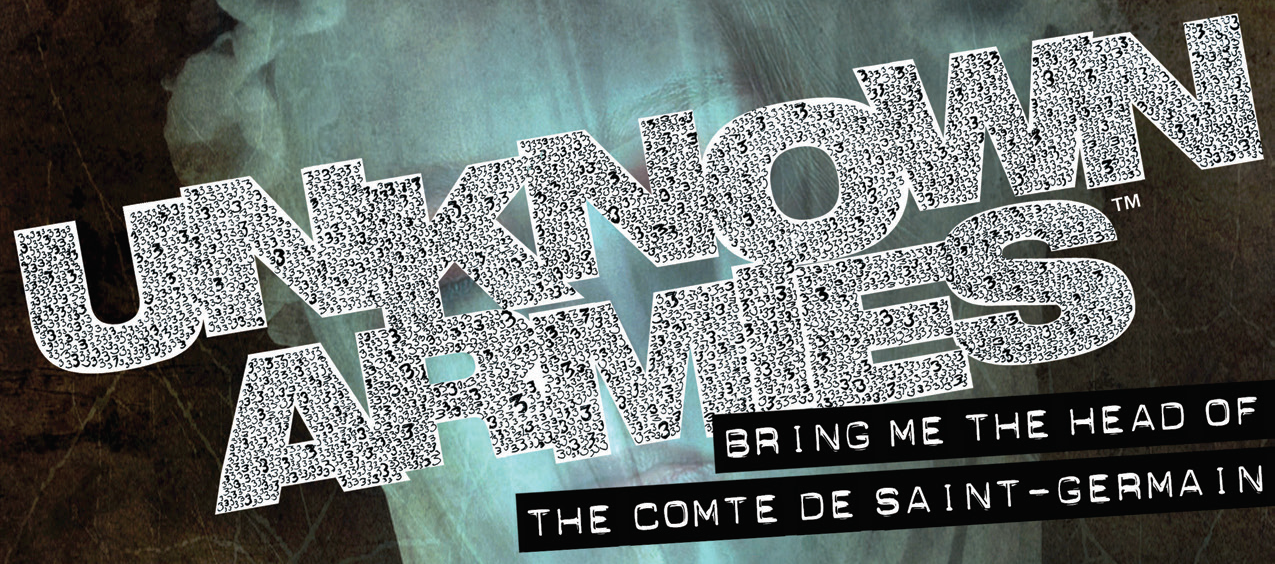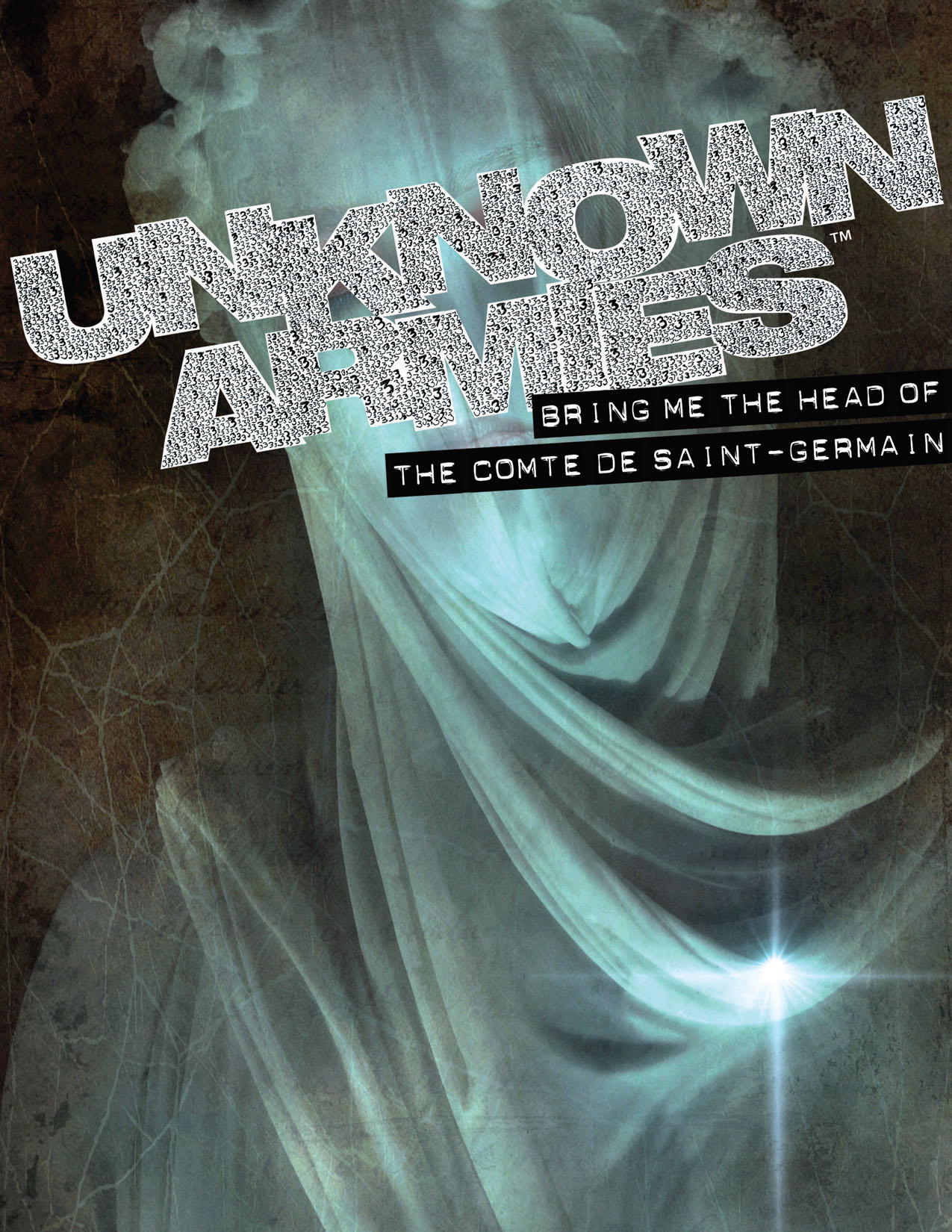 IN THE SHADOW OF THE SPIRE
IN THE SHADOW OF THE SPIRE
SESSION 25B: BLOOD ON THE ORRERY
June 21st, 2008
The 12th Day of Kadal in the 790th Year of the Seyrunian Dynasty

THE SURGEON STRIKES BACK
They left the clan caves and returned to the Laboratory of the Beast. As they passed the large sigil of Ghul on the first level of the complex, however, they heard voices coming from the antechamber. Motioning for the others to stay back, Tee stealthed her way forward.
The door to the temple of obsidian was open.
Tee waved for Ranthir and the ghulworg to come forward. They tried to keep their approach quiet, but between the awkward wizard and the massive creature of bone-and-adamantine it wasn’t clear which was less discreet. After a particularly loud noise, the voices coming from the temple suddenly stopped.
Tee signaled them to stop and then moved quickly to her left and hid behind one of the large statues of Ghul.
She was just in time. A moment later, a strangely horrific creature emerged from the short hall leading to the temple. The lower portion of its body had been replaced with an artificial creation of steel and flesh resembling a giant spider. An ogre’s upper torso jutted up from this spider-like body in front of a large, bulbous abdomen. The ogre’s arms had been replaced with two large, blood-encrusted blades. Its entire torso was covered in a thick shell of adamantine.
The spider-ogre glanced around the antechamber and then began slowly circling the perimeter. Tee quickly began climbing up the statue she was hiding behind, hoping to avoid the perimeter search.
This worked, and the spider-ogre passed her by. But there was little chance that it would miss Ranthir and the ghulworg standing in plain sight down the next hallway. Tee wracked her mind, but she couldn’t think of anything to do.
It didn’t matter. As the spider-ogre reached the hall, Ranthir sent the ghulworg on a charge. With a single, bone-crushing snap of its jaws, the ghulworg bit the spider-ogre’s head off.
It had happened so quickly that the spider-ogre had not even a moment to respond. Not so much as a gurgle had escaped its throat. They all froze in a moment of silence, waiting to see what would happen.
And then a voice came from the temple: “Is everything… all… right?”
It was the distinctive, buzzing drone of Ribok – the servant of the Surgeon in the Shadows.
Tee tried to bluff her way through it, assuming a deep voice and calling back: “Everything’s fine.”
There was a moment’s pause. And then Ribok spoke again: “Mistress Tithenmamiwen?”
Tee cursed under her breath. Ranthir waved his hand and webbed the hallway leading to the temple.
“Yes, Ribok. It’s me,” Tee said.
“And my… ogre?”
“Dead.”
“I see…” There was another pause. “Perhaps an… accord… could be reached?”
In other circumstances, Tee might have considered that. But there was a terrible suspicion growing in her mind. “What happened to the workers from House Erthuo?”
A long pause came here.
“They will no longer trouble… anyone… in this world.”
“Neither will you.”
They used the ghulworg to form the center of a “wall of death”, with Tor and Agnarr slowly burning their way forward through the web.
As they approached the temple doors, however, sudden waves of fire from the modified Shuul dragon rifles they had left in the temple suddenly washed over them. This burned away the last of the web, but also scorched them badly… and filled them with the dread certainty that the powerful chaositech they had left in the temple would soon be turned against them.
A brief melee broke out around the doorway. There were two rifle-wielding thugs there – their muscles bulging out to an unnatural size and in unnatural locations. Jagged shards of bone jutted out of at their elbows and knees and shoulders. The bones of their hands, too, stuck out in scythe-like protrusions which they used to slice viciously at any bit of exposed flesh. A half dozen more of these thugs stood further back in the chamber, and Ribok himself stood atop the highest terrace in the room.
Tor finally cut down one of the thugs. The other two fell back, joining the rest of the thugs as they suddenly broke for the sides of the chamber.
Agnarr grinned. If they were going to hold back like that, then they could just send the ghulworg in and—
Suddenly chaositech arrows shot out from the sides of the chamber, turned sharply in mid-air, and rushed towards Tor and Agnarr.
“That’s what those do?!” Tee cried in outrage. “I should have kept them!”
“They were tainted,” Dominic pointed out.
“I don’t care!” Tee said.
As Tee’s joking suggested, they were still feeling pretty confident. But things took a rapid turn for the worse: Ribok thrust the glass sphere filled with black liquid above his head and shattered it. The thick, viscous liquid poured down over his body, forming itself into the thick, black hide of a hideous demon. The metal of his implanted eyes melted away, revealing empty sockets filled with flame.
“The Galchutt have seen all that you intend!” he cried, his voice transformed into a bass thunder. And lowering his out-stretched hand, he began launching soul-rending arcane energies lancing down the hall.
In the confusion of the moment, the party’s battle formation foundered into something of a muddle. No one seemed certain whether they should be pushing their attack as planned or retreating to regroup under the unexpected conditions, and so they waffled in the middle as arrows continued arcing unnaturally around the corner and the demonic blasts of the Ribok demon burst in their midst.
Agnarr was the first to fall, dodging a volley of arrows but getting caught by a blast of dragon rifle fire in the narrow hall.
Even as Agnarr fell, however, Tor was able to cut down the second rifle-wielder and advanced into the temple itself.
But just as it seemed like he might be able to rally them, Ranthir was caught by one of Ribok’s blasts. And as Ranthir slid to the floor…
The ghulworg skeleton went feral.
Tee cursed loudly. Tor, realizing the danger and hoping to control the battlefield, turned and slammed the doors of the temple shut behind himself.
Seeing the massive doors cut off their sight of Tor was disconcerting for the others, but they had little time to worry about it. The ghulworg was creating complete chaos. The bony bulb of its tail had smashed Dominic to the floor, crushing his ribs and knocking him unconscious, before the priest even realized what as happening.
Tee, with little choice, drew her longsword and attacked… but the adamantine-laced bones of the creature turned the blade easily. Before she could try again, the creature’s claws lashed out and raked from from sternum to hip. Tee collapsed in a froth of blood.
But Tee’s attack had been worth it, buying Elestra enough time to dive for Ranthir. Laying her hand on his unconscious form, she let the strength of the city flow into him.
Ranthir opened his eyes, muttered an arcane syllable… and the ghulworg was once again under his control.
The wizard stood up. “I’ve had enough,” he said with a grim determination. With a wave of his hand, he sent the ghulworg charging down the hall. It smashed into the doors.
On the other side of the doors, Tor – who had been fighting an entirely defensive battle with his back pressed up against the door and blockng as many blows as he could with his shield – was uncertain what to think. But then Elestra cried out, “Tor! Open the doors!”
Tor swung the doors wide and the ghulworg bounded into the temple.
The Ribok demon fell back, but the ghulworg’s tail lashed out and smashed into him. The demonflesh encasing Ribok seemed to deform, and the horrendous sounds from cracking of bone and ripping of sinew echoed against the obsidian walls. With a horrible, unintelligible curse, Ribok vanished in a flash of light.
The remaining thugs fell upon the ghulworg and finally succeeded in hacking his splintering and broken bones apart.
But the ghulworg had bought the rest of them enough time to get Agnarr back on his feet. He rushed down the hall to Tor’s aid, and – without Ribok’s demonic assistance – the bone-sharded thugs proved no match for them.
They were shown no mercy.
BLOODY ON THE ORRERY
As Dominic and Elestra began healing their remaining wounds (and Ranthir mourned the loss of the powerful ghulworg), Tee grabbed Agnarr and ran back down the hall to check on the workers from House Erthuo.
The scene they found was gruesome: Bodies were scattered throughout the first two chambers of the bloodwight complex, many in various states of dismemberment. Faeliel’s body was spread-eagled across the orrery itself, dripping blood down upon the silver spheres.
Ranthir, coming upon the scene, eased Faeliel’s body to the ground. With tears welling in his eyes, he turned back to the others with a crack in his voice. “He wouldn’t have wanted the mechanisms damaged… is there anything we can do?”
He wasn’t asking about the orrery. But the stench of decay was thick in the air and he knew the answer before Dominic said: No. They had been dead for too long.
The death of these innocents struck the companions hard. They had been the ones to give House Erthuo the location of the orrery. They had been the ones followed by the Surgeon’s men. And they had only been a few hundred feet away as they were helplessly butchered. They knew they didn’t truly bear responsibility for this atrocity, but it nonetheless sat heavy on their souls.
NEXT:
Running the Campaign: Player-Initiated Vectors – Campaign Journal: Session 26A
In the Shadow of the Spire: Index
















